Browse By Region

Browse By Type
Browse By Date Range
Library
By Region: North America
Acting on the Lessons of SARS: What Remains to be Done?
“SARS caused great alarm in the public health and medical preparedness communities. Within 4 months, SARS was global, eventually infecting 8, 098 people in 29 countries in 6 continents and killing 774 of them. National and international guidance was issued, many health departments and hospitals created SARS plans, personal protective equipment was purchased, and healthcare Read More »
- June 21, 2011
- | Filed under North America, Commentary, Report, and 2001-2025
Biological Attack on Agriculture: Low-Tech, High-Impact Bioterrorism
A vulnerability to bioterrorism has focused on terrorist use of pathogens to attack the civilian population. This concern increased in the wake of the September 11 terrorist attacks on the World Trade Towers and the Pentagon and the anthrax letter attacks on US Senate offices and the media. A number of analysts have pointed out Read More »
- June 21, 2011
- | Filed under Europe, North America, Report, and 2001-2025
Food Safety: Agencies Need to Address gaps in Enforcement and Collaboration to Enhance Safety Imported Food
“To ensure imported food safety, federal agencies must focus their resources on high risk foods and coordinate efforts. GAO was asked to (1) assess how Customs and Border Protection (CBP), the Food and Drug Administration (FDA), and the U.s> Department of Agriculture’s (USDA’s) Food Safety and Inspection Service (FSIS) are addressing challenges in overseeing the Read More »
- June 21, 2011
- | Filed under North America, Report, and 2001-2025
Biosurveillance: Developing a Collaboration Strategy is Essential to Fostering Interagency Data and Resource Sharing
“The Implementing Recommendations of the 9/11 Commission Act sought to enhance early detection and situational awareness during a disease outbreak, in part, by creating the National Biosurveillance Integration Center (NBIC) within the Department of Homeland Security by integrating information and supporting an interagency biosurveillance community. The act directed GAO to report on the of biosurveillance Read More »
- June 21, 2011
- | Filed under North America, Report, and 2001-2025

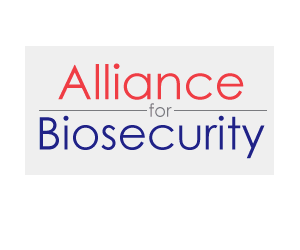


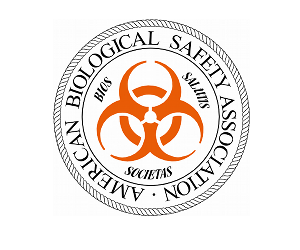
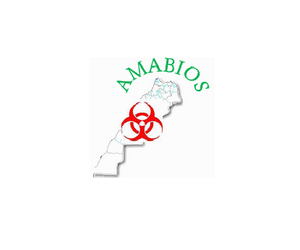




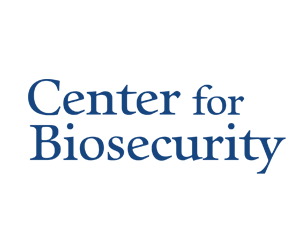
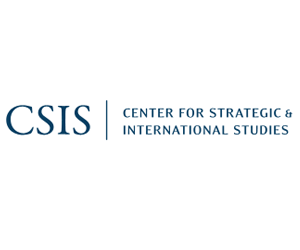



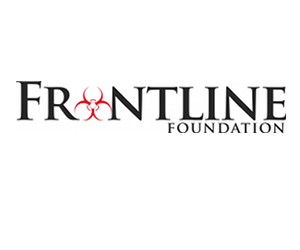





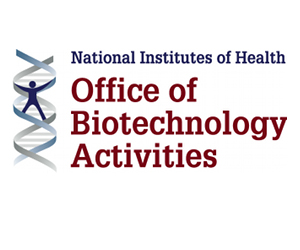
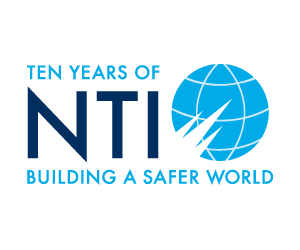



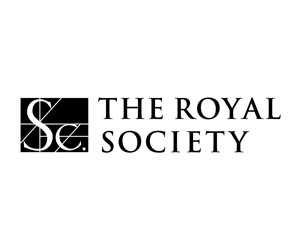

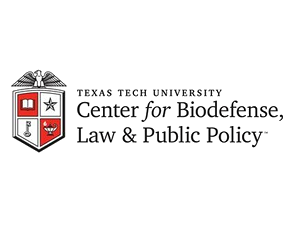
Scientists Urge DHS to Improve Bioterrorism Risk Assessment
“In 2006, the Department of Homeland Security (DHS) completed its first Bioterrorism Risk Assessment (BTRA), intended to be the foundation for DHS’s subsequent biennial risk assessments mandated by Homeland Security Presidential Directive 10 (HSPD-10). At the request of DHS, the National Research Council established the Committee on Methodological Improvements to the Department of Homeland Security’s Read More »
View Document